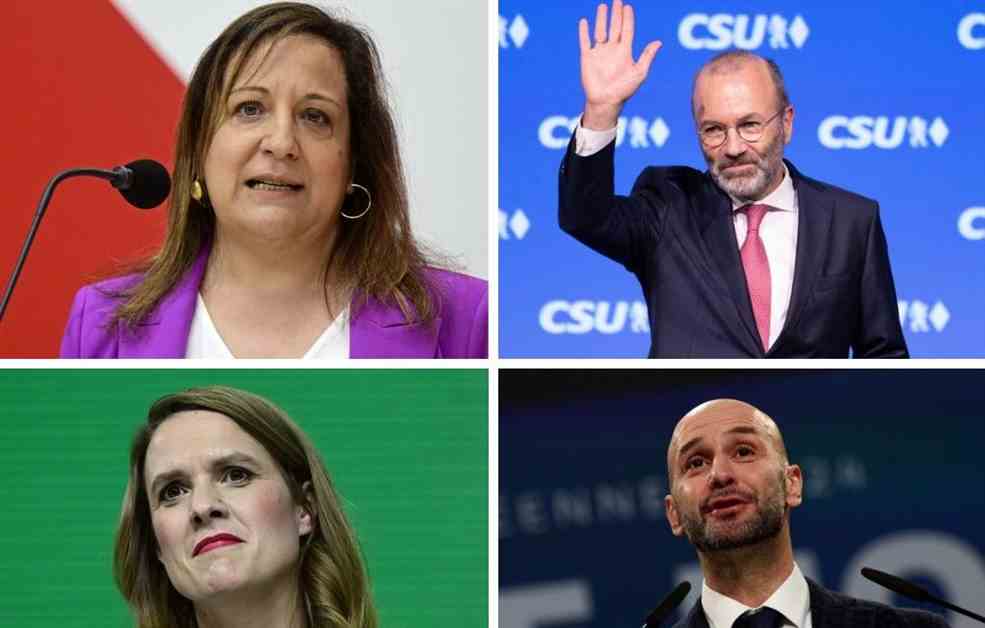PPE, S & D, RE… Explaining the Political Groups in the European Parliament
As a journalist, you may have heard about the political groups in the European Parliament but not fully understood what they represent. With seven groups ranging from left to far-right, they will welcome the French MEPs elected on Sunday. Let’s delve into what these groups stand for and their significance within the institution.
The **European People’s Party (PPE)**, with 176 seats, has been the largest group in the European Parliament since 1999. It consists of the main center-right and conservative parties in Europe. In France, it is represented by LR, although with few seats and often at odds with the group’s majority vote. The CDU-CSU from Germany largely dominates the group, with the group’s president, Manfred Weber, being German. Historically, the PPE has worked closely with the **Progressive Alliance of Socialists and Democrats (S & D)**, but recent years have seen some divergence in views.
The S & D group, with 143 seats, includes socialist, social-democratic, and labor parties. While the Spanish members currently hold influence, the group faces challenges in regaining the top spot in the Parliament. French members have shown some disagreement with compromises made with other groups. The **Renew Europe (RE)** group, comprising 101 seats, represents liberal and centrist parties, including Macron’s En Marche. With expectations of a decrease in seats, the group remains crucial in forming alliances after the elections.
The **Greens/European Free Alliance**, with 72 seats, consists of European green parties and regionalist parties. The group is expected to maintain significant influence, especially in potential alliances with other left-wing groups. The **European Conservatives and Reformists (CRE)**, with 66 seats, is one of the two far-right groups. Notable for its anti-Putin stance, the group may see a considerable increase in seats due to new alliances forming.
The **Identity and Democracy (ID)** group, with 49 seats, represents the far-right parties in Western Europe. With potential shifts in leadership and alliances, the group’s dynamics are evolving. The **European United Left/Nordic Green Left (GUE/NGL)** group, with 37 seats, comprises radical left-wing parties. While not as central as other groups, they play a role in countering right-wing majorities.
Lastly, the **Non-Attached Members** group, with 61 seats, includes diverse parties such as those excluded from other groups. As the political landscape shifts, the formation of new groups or alliances remains a possibility. Stay tuned for the post-election developments in the European Parliament.

